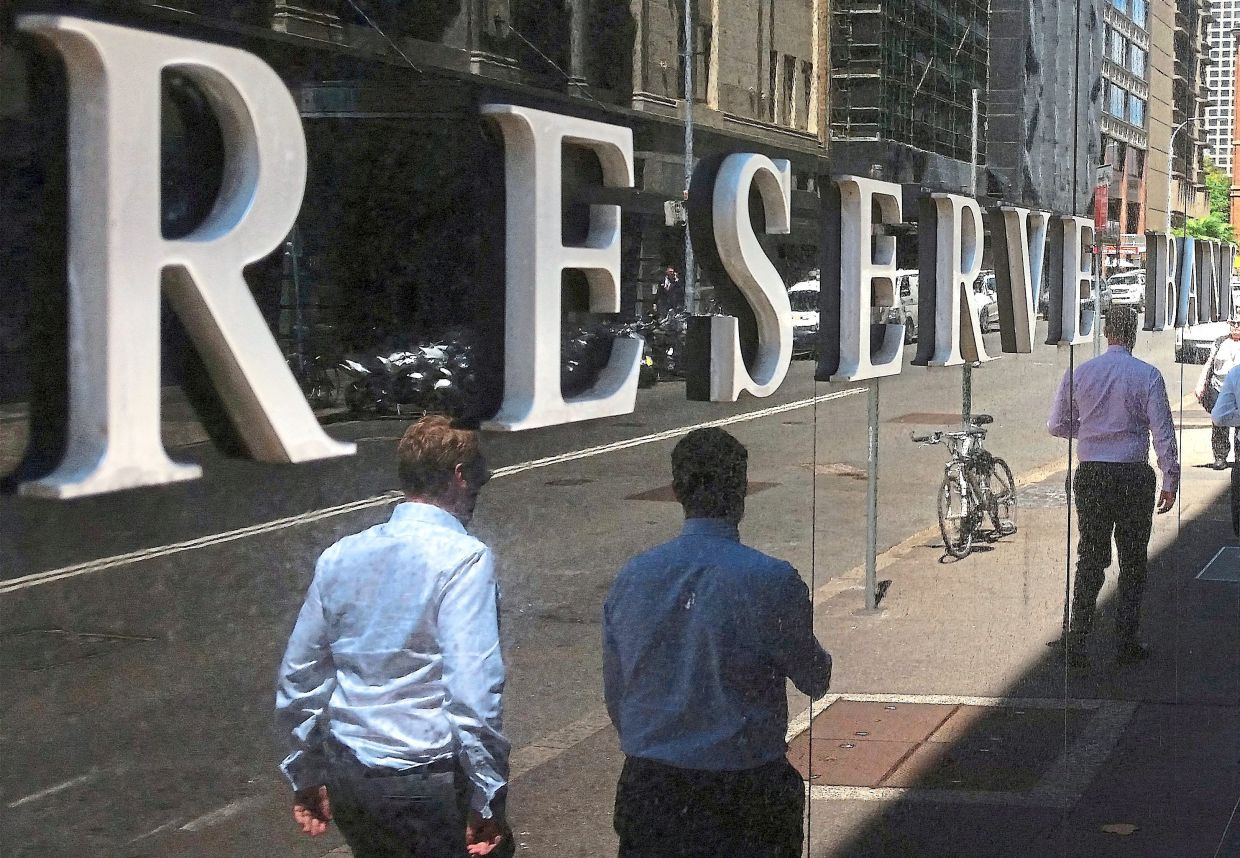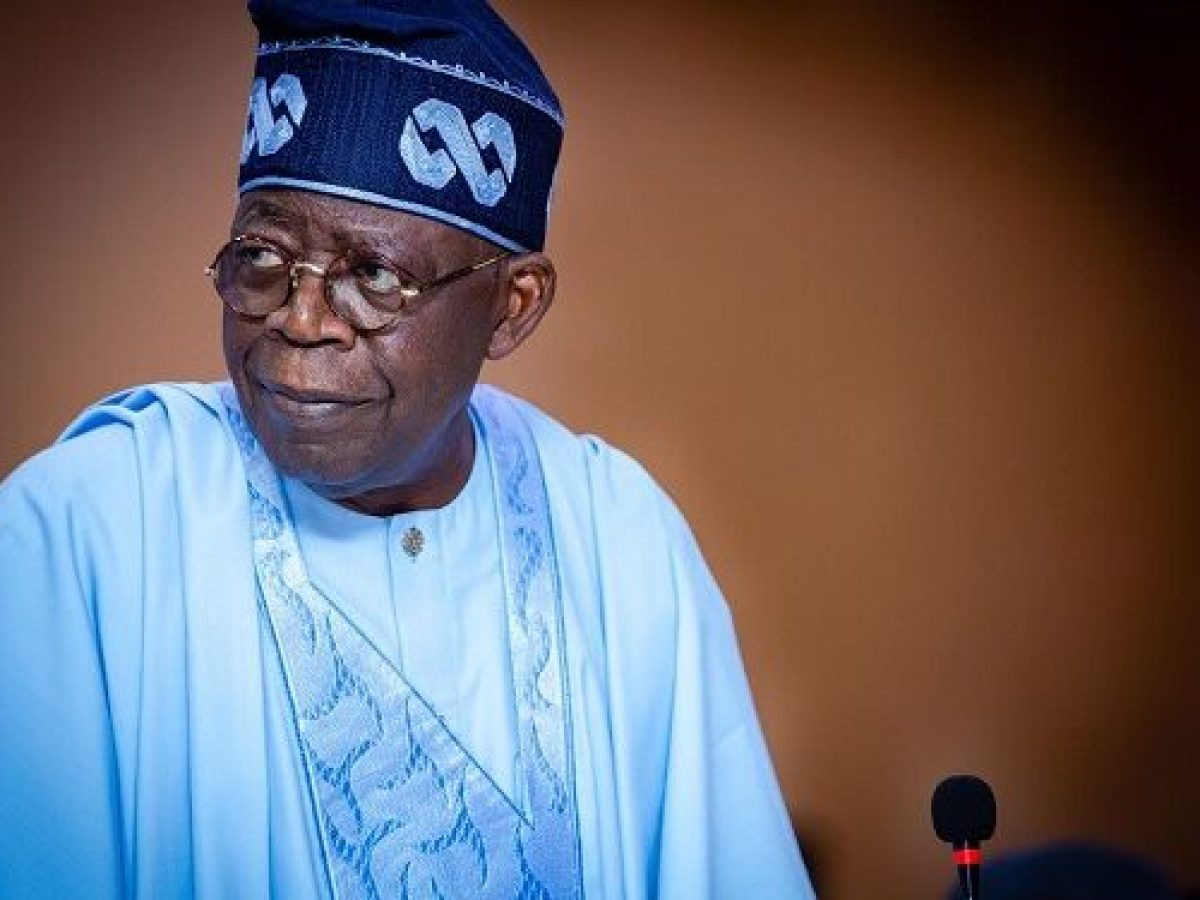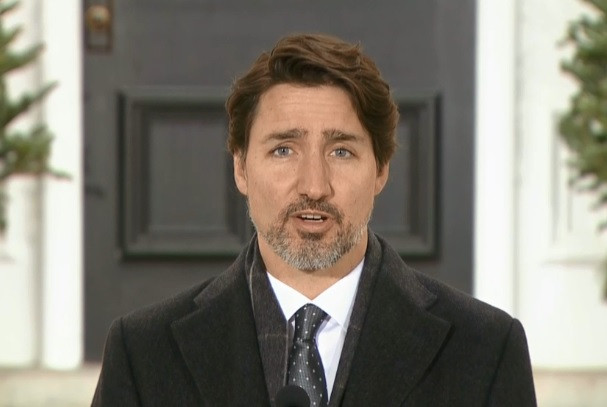Australia's Inflation Slows, But Interest Rate Cuts Still Seem Distant: Will the Aussie Dollar Rise?
Australia's inflation rate eased in July, but the slowdown was driven by government rebates on electricity bills, leaving markets uncertain about the timing of interest rate cuts. The Aussie dollar, however, gained ground, reflecting greater investor confidence that rates will stay at their 12-year high for months to come.
The consumer price index (CPI) rose at an annual pace of 3.5% in July, down from 3.8% in June, the Australian Bureau of Statistics said on Wednesday. While this figure was slightly above forecasts of 3.4%, it marked the lowest level since March. The slight beat in the headline inflation number led markets to slightly lengthen the odds of a first easing from the Reserve Bank of Australia (RBA) in November to 48.4%, from 58% before.
Electricity Rebates Skew the Picture
The slowdown in headline inflation was due to electricity subsidies from the federal and state governments, which began in the state of Queensland and Western Australia last month, with other states and Territories to follow from August. Excluding the rebates, the statistics agency estimated that electricity prices would have risen 0.9% in July.
The RBA has raised interest rates by 425 basis points to 4.35% since May 2022 to tame inflation. However, the slow decline in underlying inflation, which is only expected to return to the target band by the end of 2025, has led policymakers to rule out a near-term rate cut.
Core Inflation Remains a Concern
While the headline CPI eased, the closely watched measure of core inflation, the trimmed mean, slowed to an annual 3.8%, from 4.1% in June. The CPI excluding volatile items and holiday travel dipped to 3.7%, the lowest reading since early 2022, compared with 4.0% previously.
This suggests that while goods inflation was flat in the month, progress on tempering price gains elsewhere has been disappointing. Economists argue that this suggests interest rate cuts are still months away.
The Aussie Dollar's Reaction
The Australian dollar rose 0.1% to $0.6803, about the highest this year, and the three-year bond yield was up 4 ticks to 3.559%. This reaction reflects a greater investor confidence that interest rates will stay at their 12-year high in months to come.
The RBA Governor, Michele Bullock, warned earlier in August that inflation remained “too high” and was falling too slowly to justify a rate cut by the end of the year. This sentiment, coupled with the mixed inflation data, has contributed to the market's cautious stance on rate cuts.
Looking Ahead
The July inflation report, heavily skewed towards goods in the first month of the quarter, does not provide a comprehensive picture of the services side of the economy. However, it does suggest that the goods side of the economy is not making much progress on disinflation.
Markets are still fully pricing in a rate cut this year, partly because the Federal Reserve is near-certain to start easing policy next month, and more cuts are expected in Canada, Europe, and New Zealand. A surging Australian dollar, which is hovering close to the highest this year, should also help lower imported inflation.
The RBA will continue to monitor inflation and economic data closely before making any decisions on interest rates. The next inflation report, due in October, will provide more insights into the trajectory of price growth and the likelihood of rate cuts in the coming months.
Will the Aussie Dollar Ride the Inflation Wave?
The Aussie dollar's rise following the latest CPI data suggests that investors are betting on the RBA to keep rates high for longer. However, the mixed signals from the inflation data and the RBA's hawkish stance suggest that the path ahead for the Aussie dollar is uncertain. It remains to be seen whether the recent gains will be sustained or whether the currency will be susceptible to further volatility as investors navigate the evolving inflation landscape.


















